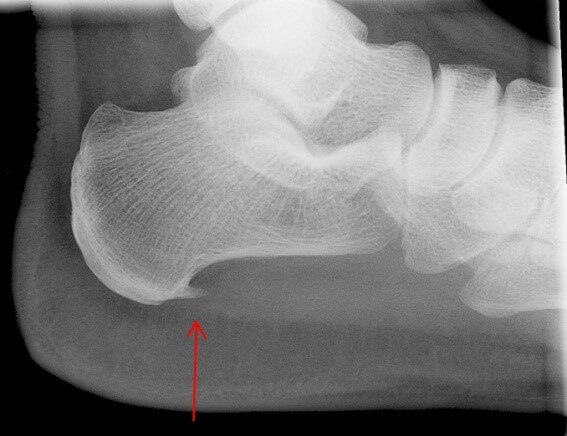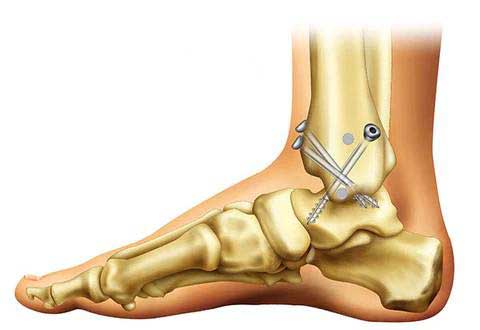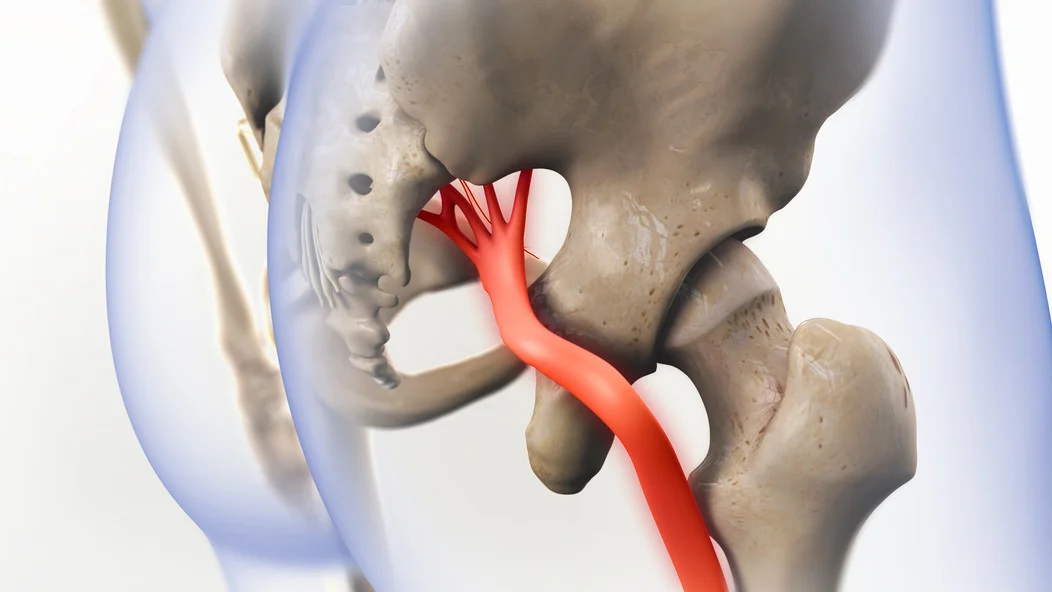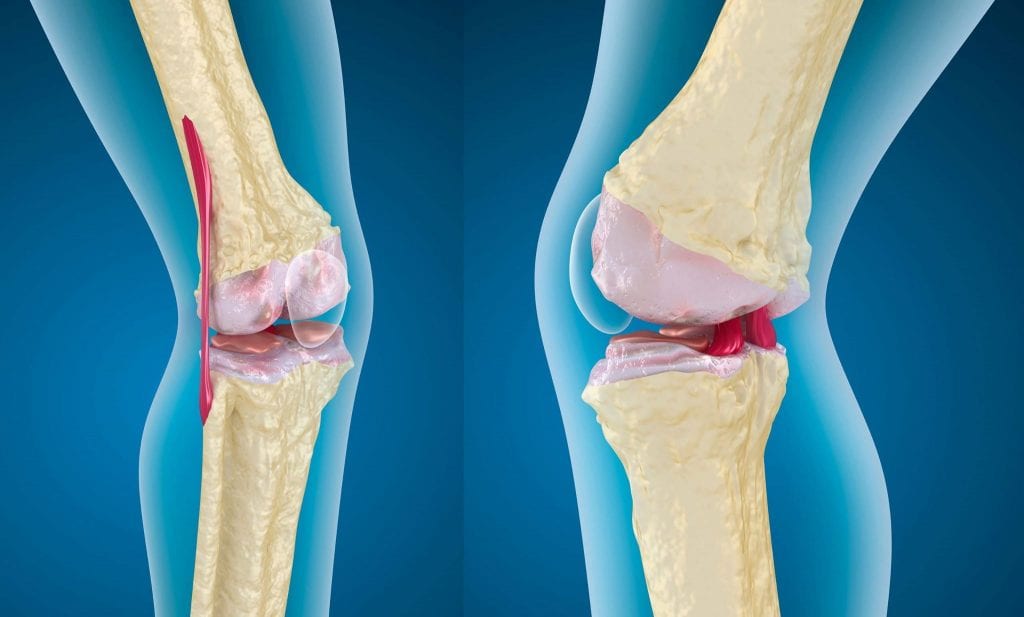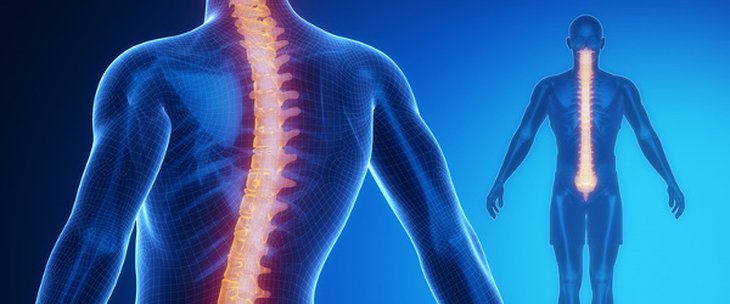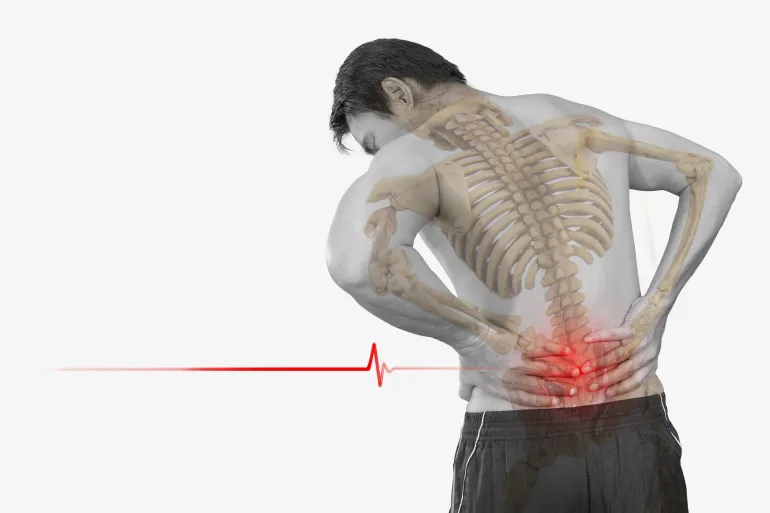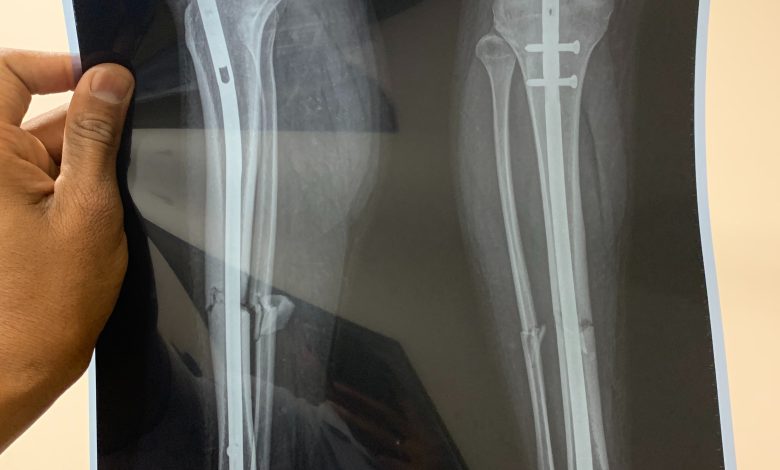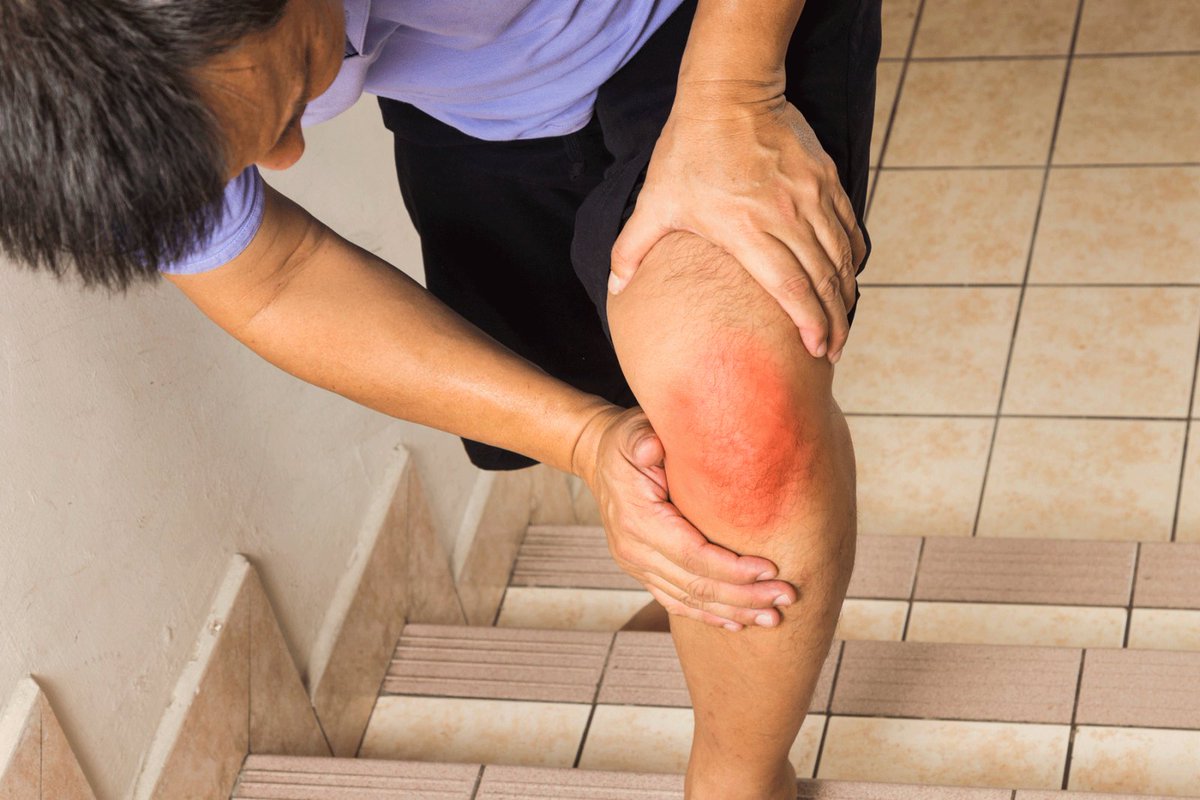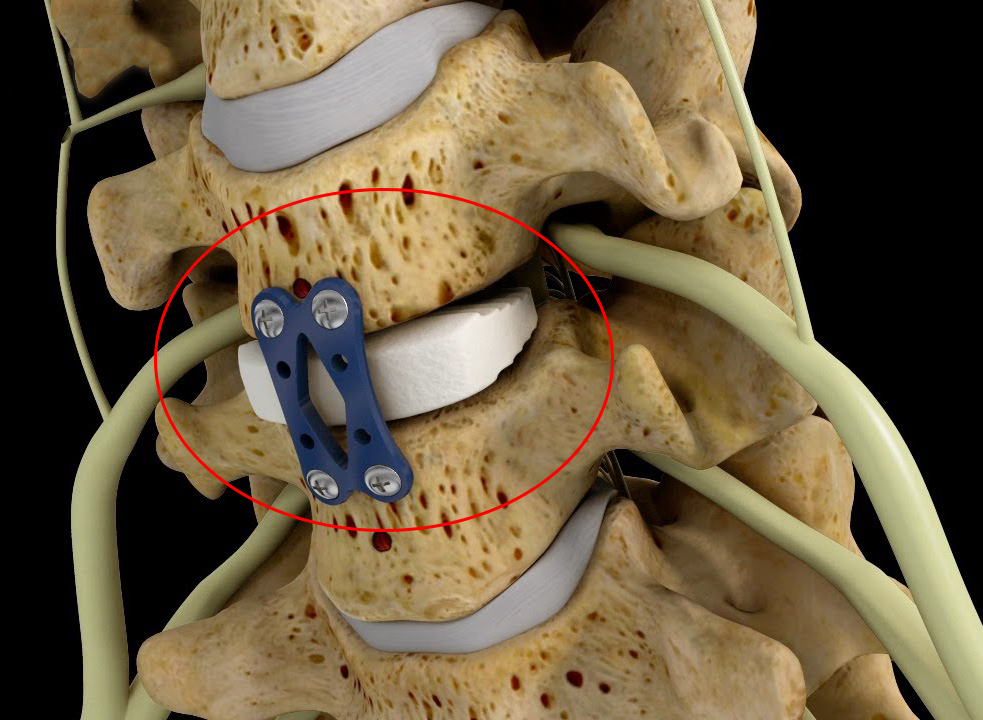More Details About the Cost of Hyperhidrosis Surgery in Egypt and the Best Doctor to Perform It
The Cost of Hyperhidrosis Surgery in Egypt, There are many individuals in Egypt who undergo hyperhidrosis surgery and wish to know the final cost of the procedure to determine if it suits their budget. In this article, we will explore all the information related to hyperhidrosis, its key symptoms, and how it can be treated. So, stay tuned to learn more about this topic.

The Cost of Sciatica Surgery in Egypt
We cannot specify a fixed cost for sciatica surgery in Egypt, as prices vary significantly depending on the surgical approach, the doctor’s experience and expertise, the level of the hospital where the procedure is performed, the cost of anesthesia, and the instruments used.
What Is Sciatica?
Sciatica, also known as sciatic nerve inflammation, is characterized by pain in the back and lower limbs. Patients may experience numbness or tingling that extends to the leg. It results from irritation and inflammation of the sciatic nerve, which runs from the lower part of the spinal cord down to the back of the leg and foot. Sciatic nerve inflammation is typically caused by pressure on the nerve beneath the spinal column, and it can affect either the right or left leg. The sciatic nerve is the longest and largest nerve in the human body, about the thickness of a finger, and inflammation of this nerve is a common condition among many people.

Causes of Sciatica
One of the most common causes of sciatica is a herniated disc, but there are other contributing factors, including:
- Inflammation of the sciatic nerve and its surroundings.
- Lumbar spinal stenosis.
- The presence of a tumor or cancer in the spinal column or sciatic nerve. In rare cases, a tumor can affect the nerve root at the lower back and cause sciatica symptoms.
- Injury requiring spinal surgery.
- Disc herniation, where the gel-like disc slips in front of the vertebra below it.
- Spinal stenosis, which puts pressure on the sciatic nerve and causes pain.
How Do I Know If I Have Sciatica?
“Prepare to permanently get rid of sciatica with advanced treatment techniques at Dr. Amr Amal’s clinic.”
The pain resulting from sciatica can be sharp, stabbing, or burning, with symptoms varying depending on which part of the nerve has been affected. Symptoms typically last from a few days to a few weeks and may include:
- Muscle weakness.
- Lower back pain, radiating down to the leg, and sometimes to the toes.
- Numbness or difficulty moving the leg or foot.
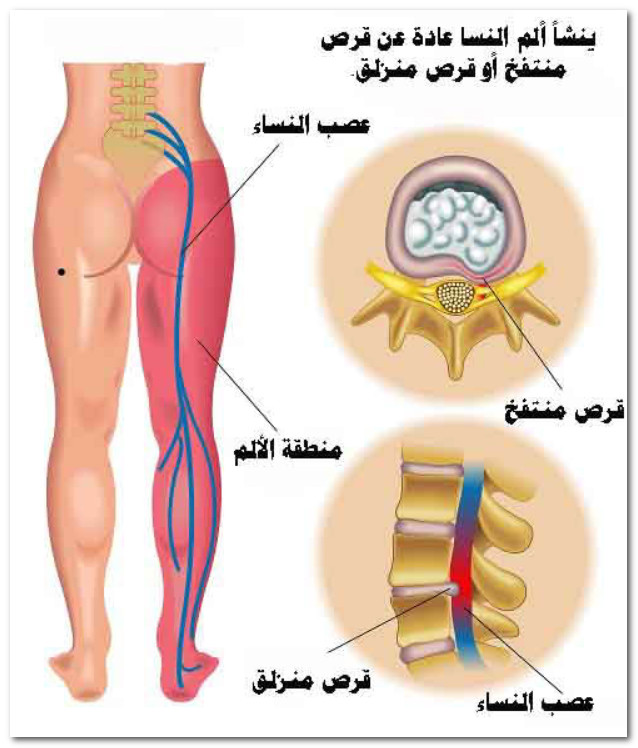
How to Diagnose Sciatica
If a patient exhibits any of the symptoms mentioned above, a doctor can diagnose the condition through a clinical examination, along with the following methods:
- Muscle examination and strength assessment.
- Magnetic resonance imaging (MRI).
- Computed tomography (CT) scan.
- Examination of sensation in both lower limbs.
- Examination of the lower back and leg movement.
- Electromyography (EMG) muscle testing.
How to Get Rid of Sciatica Permanently?
The treatment of sciatica involves several options to alleviate pain in patients, including:
- Medications: The doctor may prescribe anti-inflammatory drugs, muscle relaxants, antidepressants, corticosteroids, or opioid medications to manage pain.
- Physical Therapy: After the acute pain subsides, the doctor may design a program to help the patient prevent future injuries. This usually involves exercises to correct posture, strengthen core muscles, and improve range of motion.
- Steroid Injections: In some cases, patients may respond to steroid injections in the area around the affected nerve root, providing effective relief. One injection can have a lasting effect, and up to three injections may be given in one year.
- Surgery: When non-surgical treatments mentioned above fail to provide relief, surgical intervention may be required, especially for about 5 to 10 percent of people with sciatica. Surgical options may include disc excision, spinal plate removal, or sciatic nerve decompression surgery.

Is Surgery Needed for Sciatica?
Yes, if non-surgical treatments mentioned above fail to provide relief for the patient, surgical intervention may be necessary. Surgery is considered the final solution for about 5 to 10 percent of people with sciatica. It can involve one of the following procedures: disc excision, spinal plate removal, or sciatic nerve decompression surgery.
How Is Sciatica Surgery Performed?
Sciatica or sciatic nerve decompression surgery is performed under local anesthesia and typically takes 30 to 60 minutes. It can be done using one of the following approaches:
- Radiofrequency Ablation of Sciatic Nerve:
This surgical procedure involves cutting the nerve roots of the sciatic nerve using electromagnetic waves. Here’s how it’s done:
- The doctor anesthetizes the surgical area with local anesthesia and makes a small incision near the vertebrae.
- A fine needle is then carefully inserted through this incision, precisely placed at the nerve root that is causing pain, guided by X-rays.
- The doctor injects a numbing medication and then delivers radiofrequency waves to the needle tip to burn the nerve root.
- Finally, the needle is removed, and a small bandage is placed over the incision. Sutures are usually not needed.
This procedure is often used for patients who have not responded to other treatments and offers the potential for lasting pain relief.
Laparoscopic Sciatic Nerve Decompression
In this method, the sciatic nerve is excised using an internal endoscopy procedure. A device with a camera is used to pinpoint the location of the affected nerve instead of X-rays. The procedure involves cutting the nerve roots using a hot endoscope tip and has the following characteristics:
- The doctor can directly visualize the nerves during the surgery without relying on X-rays.
- Radiofrequency ablation reduces pain for up to a year, whereas laparoscopic sciatic nerve decompression can last for 3 to 5 years.
After undergoing laparoscopic sciatic nerve decompression surgery, patients experience immediate relief. However, the use of radiofrequency ablation may take up to a month for the patient to become completely pain-free.

How Successful Is Sciatic Nerve Decompression in Egypt?
Like all surgical procedures performed in Egypt, sciatic nerve decompression surgery does not guarantee a 100% success rate, but it is considered a high-success-rate procedure. Some patients may not experience significant pain relief after the surgery, while others may experience the desired relief but may have their pain return after several years due to nerve regrowth.
What Are the Risks of Sciatic Nerve Decompression Surgery?
Sciatic nerve decompression surgery is generally considered safe, but there are potential risks associated with it, including:
- Infection.
- Allergic reactions to medications used during surgery.
- Localized numbness or tingling.
- Temporary exacerbation of nerve pain.
- Nerve inflammation.
- Surgical site bleeding.
- Pain recurrence.
- Persistent lower back pain.
Learn how to prevent sciatica by following the link provided.

Is Sciatica the Same as Herniated Disc?
No, sciatica and a herniated disc are not the same, although a herniated disc can lead to sciatica. In contrast, sciatica is not a cause of a herniated disc. A herniated disc, also known as disc herniation, occurs when the gel-like substance within the discs between the vertebrae in the spinal column protrudes, causing compression on the nerves. This can result in pain in the back and potentially radiating pain down the leg. On the other hand, sciatica, or sciatic nerve inflammation, is characterized by severe pain that radiates from the lower back down to the foot and is one of the primary symptoms of sciatica. To learn more about the differences between herniated disc and sciatica, we recommend reading the following article.
Can Sciatica Heal on Its Own?
Yes, many cases of sciatica can heal completely without any treatment. However, it is essential not to neglect the condition, as it can potentially lead to permanent nerve damage. If a patient experiences numbness in the affected leg, weakness, or loss of bladder or bowel function, they should consult a doctor immediately.

Can Sciatica Lead to Paralysis?
Sciatica is caused by inflammation of the sciatic nerve and can result in severe and debilitating pain that may hinder a person’s ability to move or even get out of a chair. The sciatic nerve originates from the lower back, travels through the thighs and buttocks, and can lead to significant leg weakness or changes in bowel and bladder function when affected.
Among the complications of sciatica is the continuous and chronic pain it causes, which can lead to persistent muscle weakness, such as foot drop. Additionally, sciatica can potentially cause permanent nerve damage, resulting in a loss of sensation in the affected leg. It is crucial to seek medical attention promptly.
Can You Live with Sciatica?
Yes, it is possible to live with sciatica by engaging in various exercises for the lower back, strengthening the gluteal muscles, and performing hip flexor stretches while sitting. Rest is essential for treatment, but complete bed rest or physical inactivity should be avoided. If sciatica significantly impacts your quality of life, it is important to consult your doctor to discuss suitable treatment options. Your doctor may recommend appropriate treatments based on the severity of your pain and its impact on your daily life.
Tips for Treating Sciatica Pain and Improving Sleep at Night
As previously mentioned, sciatica is a condition that causes severe pain in the lower back, hip, and leg due to compression of the sciatic nerve, which extends from the back to the leg. If you suffer from sciatica and are looking for ways to alleviate pain and improve sleep at night, here are some important tips to follow:
- First and foremost, consult your doctor to confirm the diagnosis and seek their advice on appropriate treatment. Treatment may vary depending on the severity and cause of the pain.
- Try to rest and avoid heavy, repetitive movements that exacerbate sciatic pain.
- Use localized heat, such as a warm compress or a moist towel heated with hot water, to relieve tense muscles. Ice packs can also be used to reduce inflammation and pain.
- Your doctor may prescribe pain relievers or non-steroidal anti-inflammatory drugs (NSAIDs) to alleviate pain and inflammation.
- Physical therapy sessions supervised by a physical therapist can help reduce pain and improve muscle and tendon conditions.
- Engage in simple exercises to strengthen your back and leg muscles and alleviate pressure on the sciatic nerve. Consult your doctor or a physical therapist for guidance on suitable exercises.
- Choose a sleeping position that reduces pressure on the sciatic nerve. Sleeping on your side with a bent knee or on your back with a pillow under your knees is often recommended.
- Relaxation and deep breathing techniques can help reduce tension that may worsen pain.
- Maintain a healthy diet to help manage a healthy weight and reduce stress on your back and nerves.
- Try to avoid activities that increase muscle tension or put pressure on the sciatic nerve, such as prolonged sitting or heavy lifting.
Remember that sciatica may take time to heal, and adhering to treatment and the above-mentioned tips can help improve your condition over time. Do not hesitate to consult your doctor for further guidance and suitable treatment options tailored to your specific case.

Complications of Sciatica
Sciatica can lead to several complications and negative effects on daily life, mental health, and social functioning. Common complications of this condition include:
- Increasing pain in the feet over time.
- Loss of mobility and muscle weakness in the leg.
- Loss of ideal bowel function and bladder weakness.
- Most patients experience permanent nerve damage.
To deal with the complications of sciatica, it is advisable to consult a doctor for appropriate treatment. Treatment options may include the use of special medications and creams, drug therapy, laser therapy, and, in some cases, surgery. The primary goal is to improve the quality of life for those affected by sciatica and reduce its impact on their daily lives.
Best Doctor for Treating Sciatica in Egypt
Sciatica is a common condition affecting many people, and it requires a skilled and capable doctor to create a successful treatment plan and help patients alleviate their pain. In this regard, we recommend one of the best orthopedic surgeons in Egypt, Dr. Amr Amal, a consultant in orthopedic and joint surgery at Ain Shams University and a faculty member at Ain Shams University. He has his private clinic at Dar Al Fouad Hospital in Nasr City. Dr. Amr is known for his easy and smooth communication with his patients, as he listens carefully to their complaints and selects the most suitable and appropriate treatment for their condition. In treating his patients, Dr. Amr utilizes modern scientific methods, the best tools, and techniques to achieve highly successful and satisfying results.


